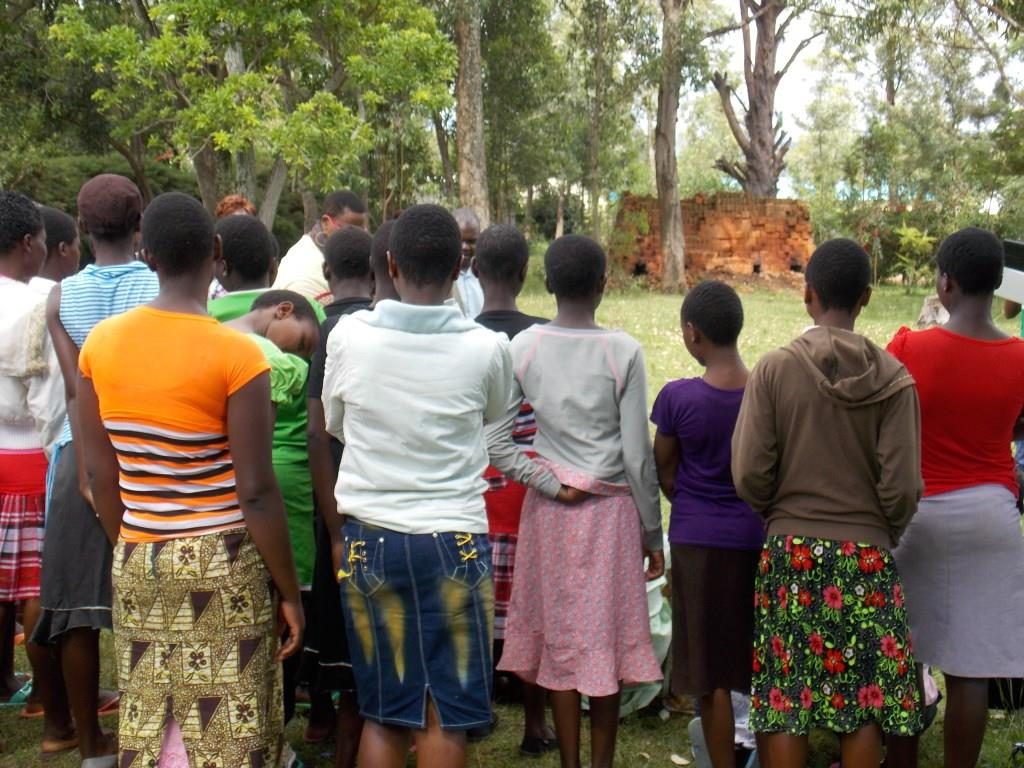By MN Reporter
Activists against Female Genital Mutilation in minority Kuria have banked on youths to help end the vice in a generation.
As president Uhuru Kenyatta declared this year for zero FGM in Kenya, activists said while the vice has reduced it has not completely be eradicated among the community in Migori.
In the past, activists have been targeting elders who have been key custodians of cultural laws governing FGM in the community and have changed their effort among youths.
“Despite most communities performing female cut knowing it is illegal, misconception and stigma against the vice still persists which has been affecting ending it completely,” Charles Olwamba, Amref Health Africa program officer said.
Olwamba said myths like uncircumcised girl not allowed to fetch vegetables or water, and that circumcision among girls end promiscuity in marriage is still rife among the Kuria community.
“To push through an end of these myths we have been empowering youths through those who lead activist and grass root organisations to change a generation completely,” Olwamba said.
He said through program targeting youths most young girls have been empowered to ran through organisations to give them voices.
“We will accelerate the end of the vice when these youths become the next elders and pass correct information against the vice,” Olwamba said.
He was speaking on Wednesday in Kehancha town when over 30 local community based organisations in Kuria were trained on ending the vice within a generation.
Faith Chacha, a program officer at Micontrap-Kenya said they have started Health Clubs in 50 primary and secondary schools which brings both boys and girls to discuss against FGM and sexual gender based violence.
“The group brings boys and girl from as young as eight years to stand against FGM among colleagues and with elders to bring next generation opinion shapers,” she said.
Vincent Mwita, programs coordinator for Tunaweza Empowerement said despite Kuria being a religious community and most people from Kuria being law abiding, the irony of open end celebrations during cultural circumcision which is against the law and bible is baffling.
“We are always left to wonder why a society which propose Christianity and Islam, can openly celebrate an event which has no foundation in the bible or Koran,” Mwita said.

Agnes Pareyo, the chairperson of Kenya Anti-FGM Board, said they have been supporting the network of youths as they have the biggest potential of change in future.
“The FGM rate in the country stands at 21.8 per cent, to have the vice abandoned within a generations we count on youths who are themselves parents and above all next generation elders who will make important cultural decisions,” Pareyo said.
Pareyo said the biggest impediment to fighting the vice are elders and older generations who are slow to change, but youths “can reach wider audience as they have passion, potential and easy to change with power of social media opening new ways of communication.”
“Through the youth network, we have a group of opinion shapers who will take up after their elders to stand against cultural impunity,” Pareyo said.
She adds that older generation, even after knowing the illegality and lack of religion basis, “still demand for slow process of impacting the law, as if it is also legal to kill someone slowly.”
And the impact of youths and their impact across the globe against FGM is shown by Rose Kerubo in 2010 in her research in Helsinki, Finland titled ‘Female Genital Mutilation- Effects on Women and Young Girls’ for Diaconia University of Applied Science.
Kerubo followed immigrant women circumcised from Sudan, Somalia, Kenya and Ethiopia and they all agreed that “female genital mutilation is illegal because it causes pain, violates human rights and health of women and put girls’ life at risk.”
The group said even though their rite was a sign of passage from childhood to adulthood and were able to bear children and take care of their husbands, the effect and change message has taken an international angle.
Mormon Comfort in his book ‘Female Genital Mutilation’ in 2005 says youths are the main group to change FGM since “culture is learnt and children learnt it from adults,” so next generation children should have their parents, current youths, to change the perception.
According to World Health Organisation’s 2008 ‘Female Genital Mutilation Fact Sheets no 241’ which can be accessed online in their website, FGM causes death because of over bleeding, extreme pain and trauma caused by cutting.
The research based on 28,000 participants said women who undergo FGM have painful sexual intercourse, complications in labour that often lead to caesarian section, painful periods and urine retention.

